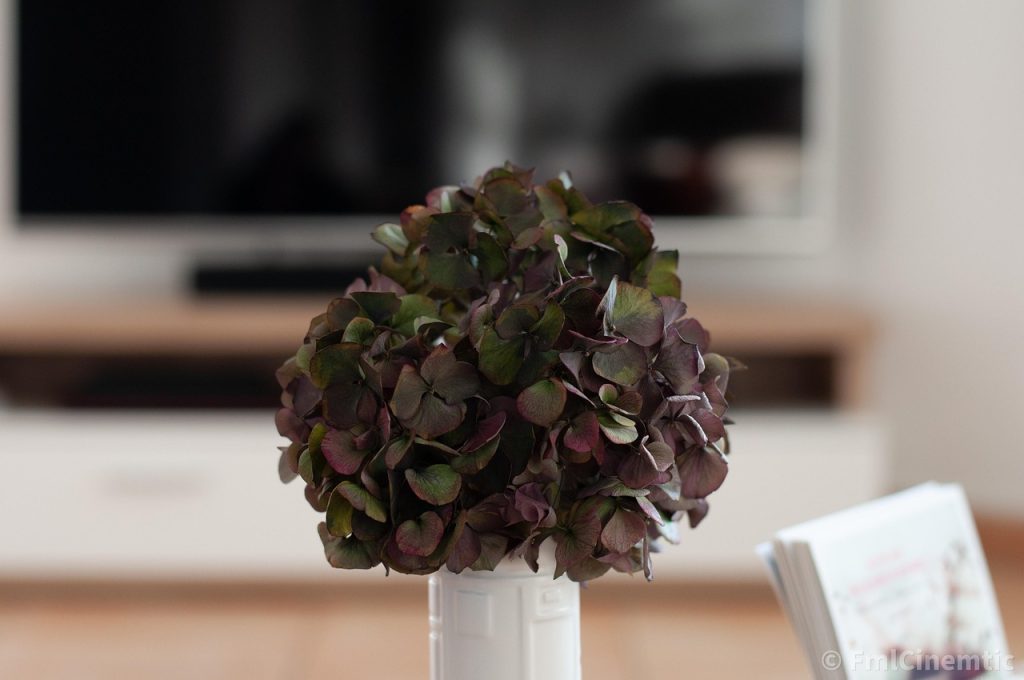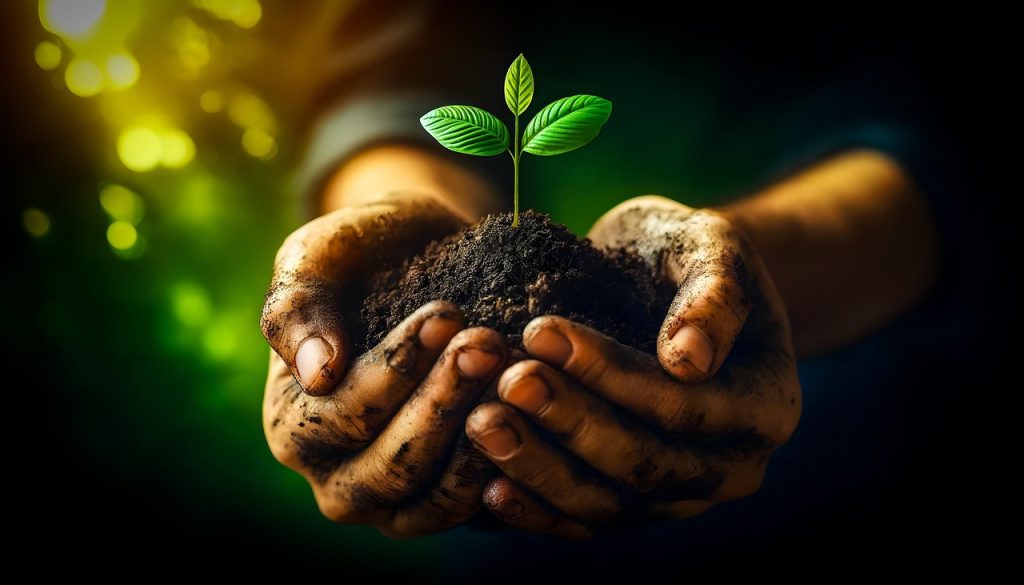Welcome to the ultimate guide for nurturing your indoor garden! Whether you’re a seasoned plant parent or a beginner looking to green up your space, knowing the essentials of plant care is key to ensuring your leafy friends not only survive but thrive. From understanding the basics of sunlight needs to the complexities of proper watering techniques, this comprehensive article aims to equip you with all the necessary knowledge to create a flourishing indoor oasis.

Understanding Your Plant’s Environment
Creating the right environment is the first step towards healthy houseplants. Plants are not just decorative items; they are living organisms that interact continuously with their environment. Here’s how you can ensure they have what they need:
Lighting Needs
Light is the food of plants. Without adequate light, even the hardiest plant will struggle. Most houseplants require bright, indirect light. Direct sunlight can scorch their leaves, while too little light can cause them to become leggy and weak. South-facing windows generally provide the brightest light, but if that’s not available, growing lights are an excellent alternative.
Right Temperature and Humidity
Most houseplants are native to tropical or subtropical climates, which means they prefer warmer temperatures and higher humidity levels. Aim to keep your home between 65°F and 75°F. If your plants are near windows, make sure temperature fluctuations are minimal. Humidity can be increased with humidifiers, or by placing a water tray near the heating system. Grouping plants together also helps in creating a microenvironment with higher humidity.
Air Circulation
Good air circulation is pivotal for preventing pests and diseases in plants. However, avoid placing plants where they will be subjected to strong, direct drafts from heating or air-conditioning vents. A gentle, natural air flow helps strengthen plant stems and leaves.
Watering Techniques That Work
Watering your plants seems like the simplest part of plant care, yet it’s often where things go wrong. Over-watering is one of the leading causes of houseplant demise. Here’s how to get it right:
Know When to Water
The top inch of soil should be dry before you water most plants. This simple finger test will tell you if your plants need water. Always check first, as different plants have different needs.
How to Water
Water thoroughly, allowing the water to soak the roots and seep out of the drainage holes. This method ensures that the roots are getting enough hydration. Avoid letting your plants sit in standing water as this can lead to root rot.
Quality of Water
Tap water is fine for most houseplants, but some are sensitive to fluoride and other chemicals in municipal water supplies. For these plants, rainwater or distilled water can be a better choice.

The Importance of Proper Feeding
Feeding your plants is just as crucial as watering them. Plants need nutrients to grow healthy and strong. Here’s how to properly feed your green pals:
Choosing the Right Fertilizer
There’s a vast array of fertilizers available, including liquid feeds, slow-release pellets, and organic options like compost or worm castings. The right choice depends on the plant’s specific needs and the growth stage it is in.
Fertilizing Frequency
Most houseplants benefit from feeding during the spring and summer months, when they’re actively growing. Reduce feeding in fall and winter when many plants go into a dormant state.
Continued Plant Care and Common Pitfalls
Even with the right light, water, and fertilizer, plants can encounter problems. Here are some tips for ongoing care and troubleshooting:
Pest Management
Keep an eye out for signs of pests, such as sticky leaves, webs, or discolored spots. Neem oil, insecticidal soaps, and manual removal are effective methods for managing the most common pests.
Disease Prevention
Prevent plant diseases by ensuring your plants are not sitting in excess moisture and that air circulation is adequate. Quarantine new plants for a few weeks to observe for any issues before introducing them to your plant collection.
Frequently Asked Questions
Generally, repotting every 1-2 years is a good rule of thumb. This refreshes the soil and gives roots new room to grow. Signs that it’s time to repot include roots growing through the drainage holes or soil that dries out very quickly after watering.
Coffee grounds are rich in nitrogen, making them a potentially good fertilizer. However, they should be used sparingly and composted first, as fresh grounds can be too acidic and may harm some plants.
Snake plants, pothos, and spider plants are great low-maintenance options for beginners. They require minimal care and are forgiving of occasional neglect.
Conclusion
Plant care is a rewarding hobby that beautifies your home and can also improve indoor air quality. By understanding and meeting the specific needs of your plants, you’ll be rewarded with a lush, thriving indoor garden. Remember, each plant is unique and will require its own specific care routine. With the tips provided in this guide, you’re well on your way to becoming a proficient plant parent. Enjoy the journey of growing with your plants!